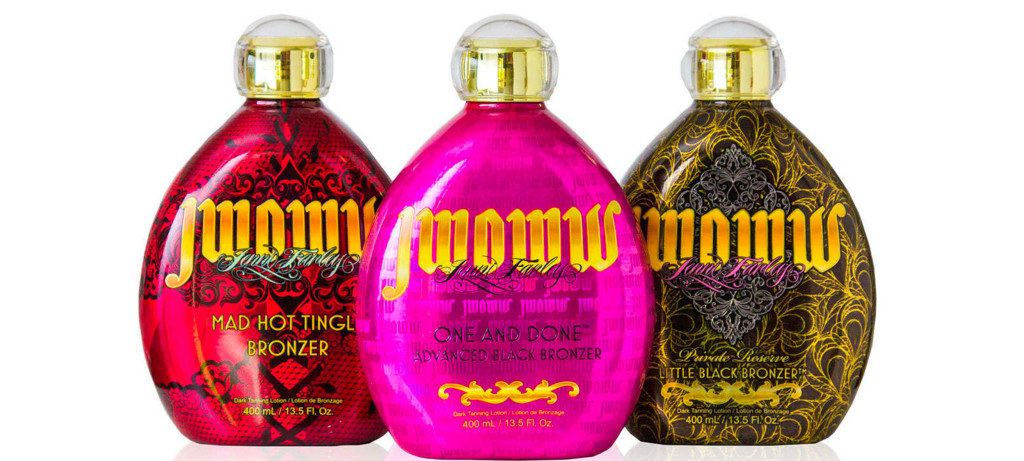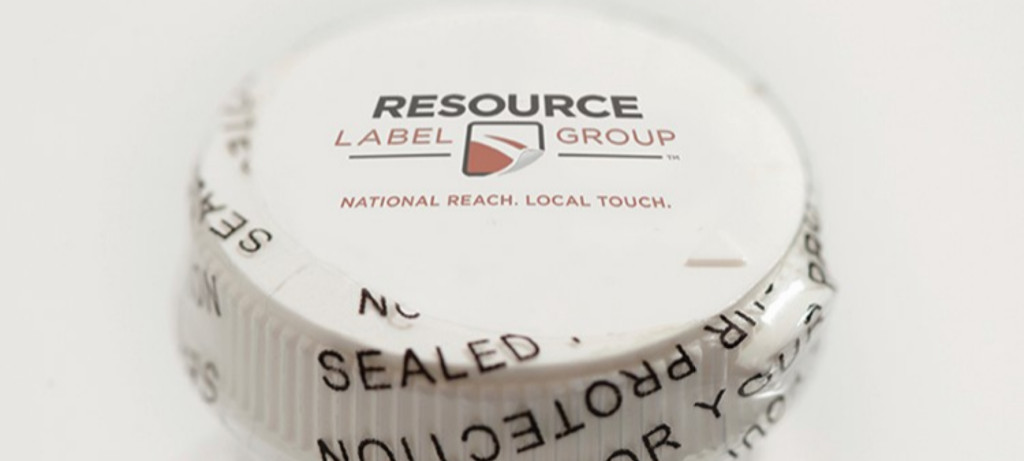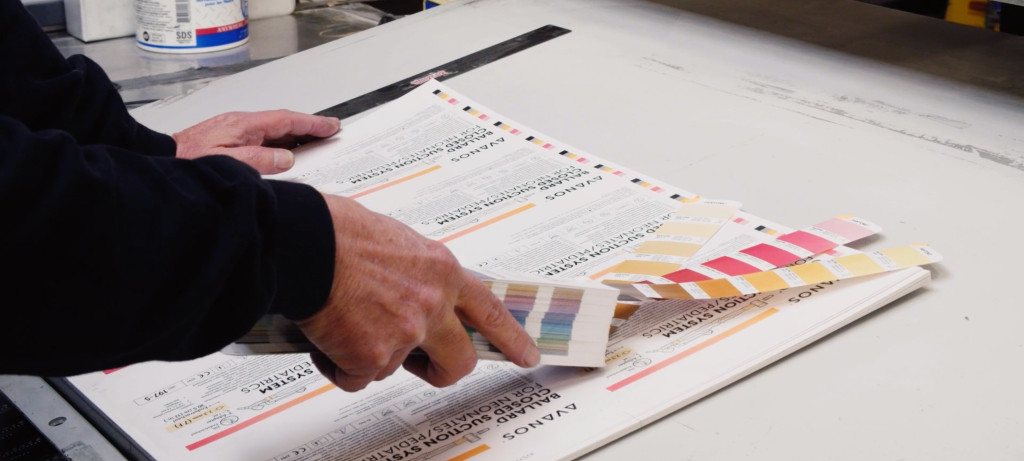Four things companies need to know when buying an industrial label applicator

Take control of your production process with an industrial label applicator best suited to meet your needs. With a thorough examination of your manufacturing process and a clear understanding of industrial label applicator capabilities, you can find solutions that will make the labeling side of your operations a smooth and efficient process.
Know the ins and out of your application
You should have a thorough understanding of your business’s internal application in order to ascertain which industrial labelers are an ideal match for your operations. Examination of key considerations will help you identify some best-value label applicators specifically suited for your packaging procedures.
- Product surface – An applicator must account for the surface of the product in which the label is being applied. Examine the shape of the product. Is the surface flat, concave or convex? Furthermore, what material is the label being applied to? Is the product surface made of plastic, metal, paper or something else?
- Label size and shape – The label applicator must be able to accommodate the width, length and shape of your labels. Some industrial label applicators can only handle specific size and shapes while others are more versatile.
- Label materials – The applicators you consider should be compatible with the materials you’ve chosen for your labels whether they’re made from paper, film, foil or another construction.
- Application rate – Industrial label applicators each have their own production speed tolerances. Measured in products per minute (ppm) your label applicator should meet your production rates, and ideally, can be scaled up or down for the future should production rates change.
- Accuracy requirements – Some products require near perfect precision for label placement during application while others don’t require the same level of accuracy. Your label applicator must fit your tolerances for label placement.
- Location of the label – The applicator should be able to apply the label to the correct part of your product – top, side, bottom – whatever the shape of the product may be. Certain applicators can be adjusted to accommodate unique locations of label placement.
Know your industrial label applicator budget
Your equipment budget is also a primary concern when selecting the just-right label applicator for your operations. The price of a label applicator is affected by its features, capabilities and the type of applicator.
An experienced label manufacturer should be able to guide you through which label applicator type, features and capabilities you’ll require, while staying within your allotted budget.
- Features– The features you require will greatly impact the final price tag. For example, a labeler equipped with sensors instead of foot pedals, a front and back label setup and waste rewinders to dispose of used label liner will cost more than a simple, manually operated label applicator. We can help you determine which features are necessary for your needs—and which ones are not—to help you stay within budget.
- Capabilities – Depending on the type of labels you have, you may need a label applicator with capabilities beyond the norm. If you require specific capabilities such as large roll capacity, high application rate and the ability to handle exotic label materials or large products, your application costs will likely increase. Essentially, the more capabilities you require, the higher your label application costs.
- Type of applicator – The type of label applicator you use will inform the final price. For instance, a simple manual labeler starts around $150, but can climb as high as $2,000 as you add features and increase capability. For a semi-automated label applicator, you’re looking at about $500 for a smaller model, and up to $5,000 depending, again, on features and capabilities. We can steer you toward the most cost-effective option for your specific labeling needs.
There are multiple styles of industrial label applicators. Know the difference.
There are three primary styles of industrial label applicators. Each are effective, but offer something different. Looking to completely automate your labeling process, or maybe a solution that balances automation with your employees’ skills? A thorough understanding of the capabilities associated with each style will help you discover the applicators best suited for your specific operations.
- Integrated automated label applicator – This style of label applicator is pre-built and fully integrated into a manufacturer’s product handling system. Products move along a conveyor where a label applicator head then applies the label.
- Standalone label applicators – A standalone label applicator is simply a labeling assembly. It can be integrated with an existing or third party product handling system and may include a portable head mount or be installed directly onto a conveyor or another machine.
- Semi-automated applicators – A semi-automated label applicator is a machine that has an operator place a product into a fixture or jig assembly, then the applicator affixes the label using a foot pedal or sensor located within the machine.

Know the ways labels can be applied
There are several methods for applying labels to the product. The method you choose largely depends on the equipment you have, the configuration of your production line and how fragile your product is. A label manufacturer can look at your specific needs to decide which method is best suited for your operations.
Here are the three primary methods of label application:
- Wipe-on – The most common pressure-sensitive labeling application method, wipe-on labeling applies the label when the product passes the applicator’s dispense edge. The label is applied with the use of a brush or roller. The wipe-on method, also known as synchronous or merge labeling, requires the label and product speeds to be synchronized. To achieve synchronization, the equipment needs an encoder to provide electrical pulses to match the applicator and product speeds together.
- Air-blow – With this method, an electric fan creates a vacuum to hold the label accurately onto a grid. When the product passes under the grid, a pneumatic solenoid releases a controlled blast of compressed air, applying the label to the product. Commonly used for paper labels and coupons, the air-blow method can apply up to 1,000 labels per minute. This method is ideal for applying labels to food and fragile products and can also accommodate labels of different shapes and sizes without a change in components.
- Tamp-blow – Sharing similarities with the air-blow method, tamp-blow applicators hold the label on grid with a vacuum and uses a pneumatic solenoid to dispense a blast of air to apply the label to the product. It differs from the air-blow method because it also utilizes a pneumatic tamp cylinder to move the grid closer to the product. This method is ideal for applying small labels with high precision.
Everyone’s product packaging methods are unique. Find the applicator solution you need by examining your packaging process and learning about industrial label applicator capabilities.
Request an equipment quote
At Resource Label Group, our team of experts can help you identify the industrial label applicator ideally suited for your operations. With a little information, we can steer you in the right direction and give you a quote to get you started. Request an equipment quote from one of our experts.
Find the best solution that makes the most sense for your brand.
Tags:


